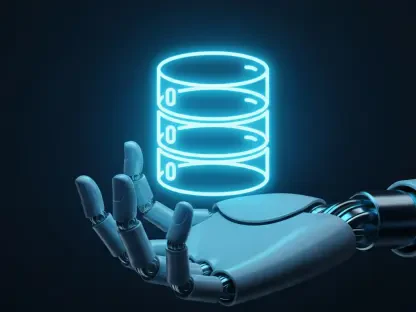I’m thrilled to sit down with Anand Naidu, our resident development expert, whose proficiency in both frontend and backend development, along with his deep insights into various coding languages, makes him a true authority in the field. Today, we’re diving into the transformative world of AI-driven software delivery, exploring how innovative platforms are reshaping the way developers work. We’ll touch on the challenges of modern CI/CD workflows, the power of automation in streamlining repetitive tasks, the role of intelligent agents in unifying complex processes, and the impact of natural language interfaces on developer productivity. Let’s get started!
How does AI fit into the future of software delivery, and what excites you most about its potential to transform the industry?
AI is becoming the backbone of software delivery, taking over the heavy lifting after code generation. What excites me most is its ability to automate tedious, repetitive tasks like testing, security scans, and deployment management. This isn’t just about saving time; it’s about letting developers focus on creative problem-solving rather than getting bogged down by manual processes. The potential to push updates faster, safer, and with fewer errors is a game-changer for the industry.
What do you see as the biggest bottlenecks in current CI/CD workflows, and why have they become so critical?
The biggest bottleneck right now is the sheer volume of manual work in software delivery. With AI generating code at lightning speed, developers spend less time writing and more time managing pipelines, running tests, and debugging issues. These tasks are often repetitive and prone to human error, which slows down the entire process and can lead to production failures. It’s critical because speed and reliability are everything in today’s fast-paced development cycles.
How can AI help turn fragmented CI/CD pipelines into a more unified and efficient system?
AI can act as a central orchestrator, connecting disjointed tools and processes into a seamless workflow. By integrating data from various stages—testing, deployment, security—it creates a cohesive system that adapts to changes in real-time. For instance, AI can automatically adjust pipelines based on a company’s best practices, reducing the chaos of patchwork solutions and minimizing the risk of errors creeping into production.
Can you explain the concept of AI agents in software delivery and how they collaborate to tackle complex tasks?
AI agents are like specialized team members, each focused on a specific aspect of software delivery—think DevOps for pipelines, security for scans, or site reliability for monitoring. They work together by passing tasks among themselves as needed. For example, if a new pipeline is being created, the DevOps agent might set it up, then call on the security agent to run a vulnerability check. This collaboration happens behind the scenes, delivering results without developers needing to micromanage every step.
What’s the impact of using natural language to interact with AI tools in software delivery, and how does it change the developer experience?
Using natural language to interact with AI tools is a huge leap forward. Developers can simply type or speak a request—like “set up a new deployment pipeline following our standards”—and the AI interprets and executes it. This cuts down on the learning curve of complex interfaces and saves time by eliminating manual configuration. It also reduces errors since the AI can align tasks with predefined policies, making the whole experience more intuitive and efficient.
How does a comprehensive data framework, like a knowledge graph, enhance AI’s ability to manage software delivery processes?
A knowledge graph acts like a detailed map of the entire software delivery ecosystem, capturing relationships between people, tools, pipelines, and incidents. It aggregates data from multiple sources, giving AI a full contextual understanding of what’s happening at any given moment. This means AI can anticipate risks, suggest optimizations, or automate fixes with precision, because it’s not just reacting to isolated events—it sees the bigger picture.
What is your forecast for the role of AI in software delivery over the next few years?
I believe AI will become indispensable in software delivery, evolving from a helpful tool to the core of how we build and deploy software. Over the next few years, I expect to see even deeper integration, where AI not only automates tasks but also predicts and prevents issues before they arise. We’ll likely see smarter, more autonomous systems that handle entire delivery cycles with minimal human input, freeing developers to innovate rather than troubleshoot. It’s an exciting time, and I think the pace of adoption will only accelerate.









